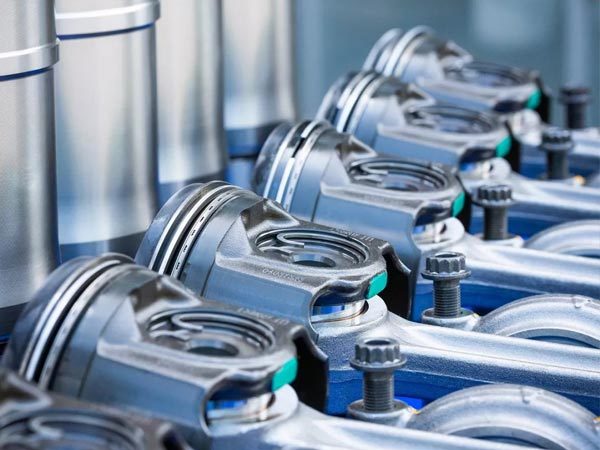How is the engine piston sealed?
If abnormalities are found, worn parts should be replaced or appropriate repairs made promptly.
Jul 24,2024

Piston sealing in an engine is one of the keys to its normal operation. The quality of piston sealing directly affects the engine's power, fuel economy, and reliability. The following will detail how engine pistons achieve sealing and relevant key points.
I. Sealing of the Piston and Cylinder Wall
The engine piston achieves a seal through its close fit with the cylinder wall. There are certain tolerance requirements for the fit between the outer diameter of the piston and the inner diameter of the cylinder to ensure the piston has a certain compression capacity within the cylinder. At the same time, the piston rings (including compression rings and oil rings) play a key sealing role, preventing gas leakage and lubricating oil consumption.
II. Sealing Role of Piston Rings
Piston rings include multiple compression rings and oil rings, which achieve sealing in different ways. Compression rings are mainly used to prevent high-pressure gas in the combustion chamber from leaking into the crankcase, maintaining the pressure in the combustion chamber. Oil rings are used to prevent lubricating oil from the cylinder wall from entering the combustion chamber, while also helping to lubricate the piston and cylinder wall.
III. Material Selection of Piston and Cylinder Wall
The material selection of the piston and cylinder wall is crucial for sealing performance. The materials should have good wear resistance, high-temperature resistance, and corrosion resistance to ensure good sealing performance during long-term use.
IV. Regular Maintenance and Inspection
To ensure the sealing performance of the piston, regular maintenance and inspection of the engine are essential. This includes checking the wear of the piston rings, the fit between the piston and the cylinder wall, and the quality of the lubricating oil. If any abnormalities are found, worn parts should be replaced or repaired accordingly.
V. Other Considerations
1. Ensure the piston is installed correctly to avoid damaging the cylinder wall.
2. Use suitable lubricating oil to ensure the normal operation of the lubrication system.
3. Avoid prolonged operation under overload to reduce the risk of piston wear and reduced sealing performance.
In short, the sealing of the engine piston is a key link in ensuring the normal operation of the engine. Through reasonable structural design, material selection, and regular maintenance, the sealing performance of the piston can be ensured, thus extending the service life of the engine and maintaining good operating condition.
The next one:
Contact Us
E-mail:
Telephone:
Address:
No. 869 Huaguan Road, Chengyang District, Qingdao City, Shandong Province, China C12





